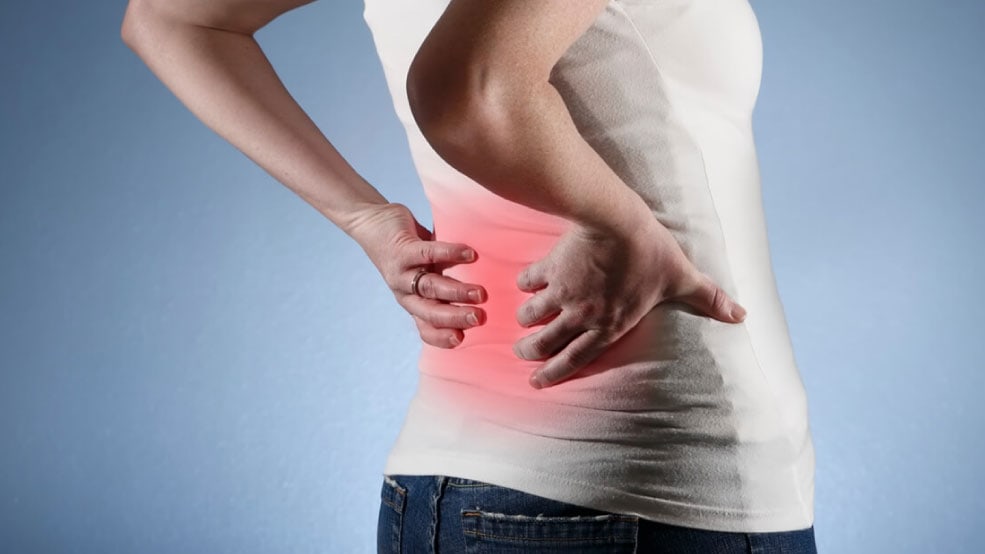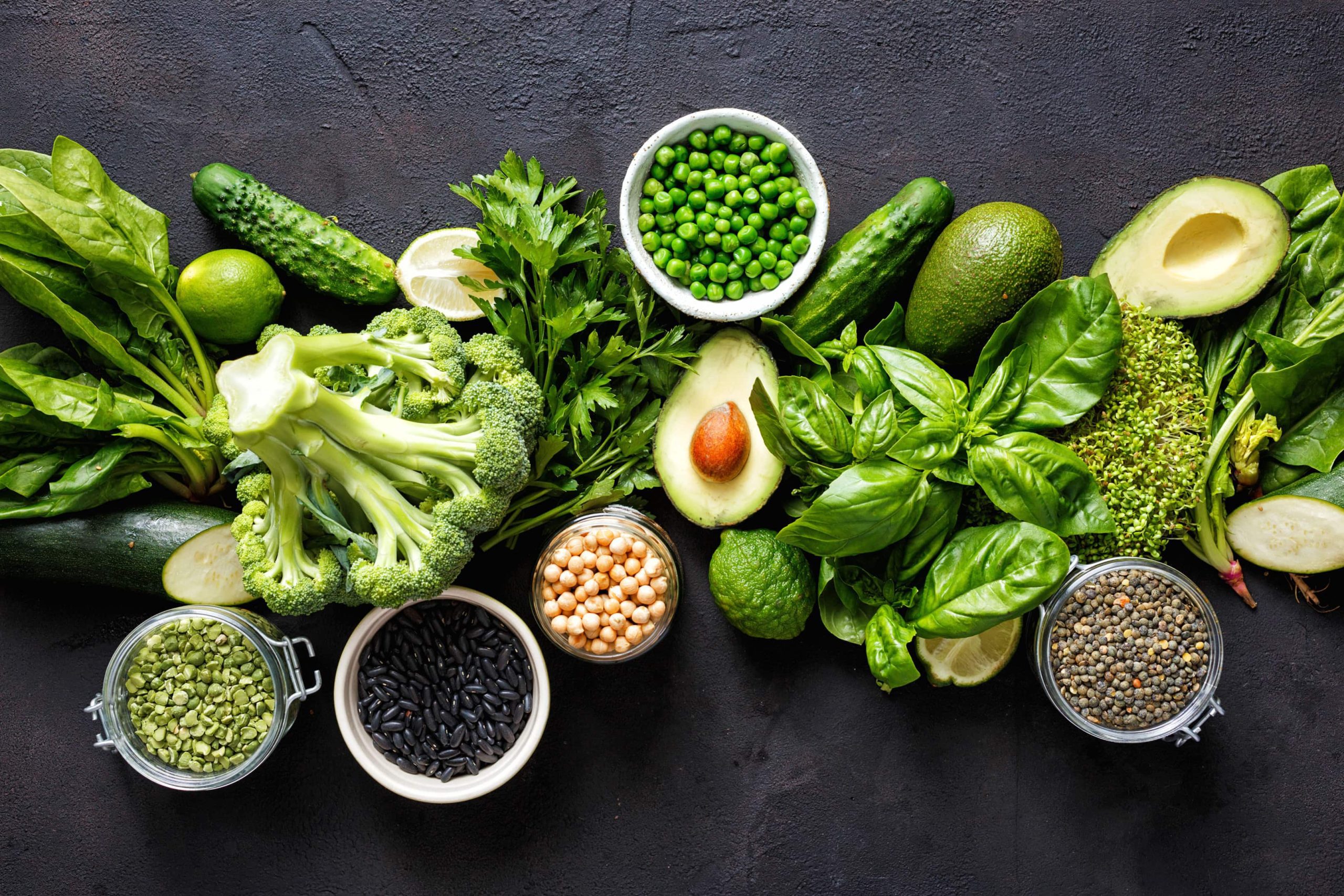Slip Disc Treatment in Ayurveda without Surgery
Get Effective & Natural Slip Disc Pain Relief with Ayurvedic Medicines, Panchakarma, and Yoga
Slip Disc Treatment in Ayurveda without Surgery
Get Effective & Natural Slip Disc Pain Relief with Ayurvedic Medicines, Panchakarma, and Yoga
Table of Contents
Toggle
Discs are circular structures present between bones forming our spine. These discs work as shock absorbers that cushion all kinds of jerks, vibrations, and shocks from falls, accidents, sudden movements, etc. These intervertebral discs are susceptible to splitting, rupturing, bulging and slipping away from their original place causing a hernia.
Discs in any part of the spine or vertebral column can show such damaging effects. This kind of hernia of the vertebral discs is called slip disc in common language. Slip disc is more common in lower back and spine areas, but it can rupture or become herniated in any part of the vertebral column.
Causes or Symptoms of Slip Disc
Symptoms –
Slip disc symptoms have a direct relationship with the location of hernia. Here are some common symptoms observed for herniated discs:
- Pain and numbness on one side of the patient’s body
- Pain radiating from the affected part to arms and legs
- Extreme difficulty in movement and walking upto short distances
- Weakness in muscles
- Pain intensifies whenever patient sits or stands for long time
- Intense pain at night
- Burning, tingling, and aching sensation in the affected region
The intensity of pain differs from person to person and so do the symptoms. But one must consult doctors immediately if the pain leads to numbness and the situation seems out of control.
Causes –
A number of things can lead to slip disc. Usually, when the outer ring of the disc tears up and the soft inner portion bulges out, it is known as slip disc. Doctors cite various causes for this condition:
- Ageing
- Injury
- Lifting weight more than one’s natural capacity
- Excessive strainful physical activities
- Physical trauma
- Obesity
- Smoking
Types of Slip Disc
Slip disc is classified into four major types:
Disc Dehydration
It is a bulging condition caused by loosening of discs due to dehydration. It flattens the dic by increasing its diameter and decreasing its height.
Disc Prolapsed
In this case, the external layer of the disc cracks letting the internal layer protrude through it. The patient feels tingling pain whenever the protruding layer touches the nerves. Some patients feel all symptoms of slip disc under this condition.
Disc Extrusion
In this case, a specific portion of the protruded nucleus pulpous pushes through the outer layer of disc and then gets detached.
Disc Sequestration
It is the advanced case of disc extrusion where the detached fragment due to disc extrusion gets stuck into the spinal canal gel.
Slip Disc Lifestyle and Diet Changes
- Patient must include yoga into his/her routine to improve flexibility and strength of back muscles. Lack of these aspects is one of the major reasons behind slip disc.
- People suffering from a slipped disc must avoid sitting or standing in a place for long.
- Quit smoking.
- Try to include a balanced and healthy diet into your meals.
- Work on exercises that improve your posture while sleeping, standing and walking.
- If you are used to wearing high heels shoes, quit the habit and start wearing flats instead.

Diagnosis and Slip Disc Treatment In Ayurveda
The diagnosis of slip disc begins with a thorough physical examination with specific focus on the neurological condition of the patient. Doctors try to look into a patient’s history of illness, spine issues, back problems, arthritis, and injuries. Several other medical techniques like blood tests, urine tests, X-rays, CAT scans, MRI scans are also carried out depending on the patient’s symptoms and severity of pain.
Slip disc is a serious problem that needs proper and timely medical attention. One cannot afford to take it just casually. Any callousness may lead to serious side-effects causing permanent damage to the back bone. Ayurvedic treatment for slip disc focuses on the root cause of slip disc and tries to fix it in a natural and holistic way.
The Ayurvedic texts consider the disc as a representative of Majaa dhatu and Kapha dosha. Kapha is one of the three primary doshas managing and governing our body. It is responsible for maintaining lubrication and water content all over our body. Since, the jelly in the discs comes under this category, the cause of slip disc lies in vitiation of Kapha dosha.
Majaa Dhatu, on the other hand, keeps all our bones intact. Therefore, the slip disc treatment in ayurveda includes virechana, Basti and Nasya from classical Panchakarma. There are some other procedures like – Shalwana Sweda, Updeha, Kati Basti, Greeva Basti, etc. Most of all these procedures have oils and ghee. We use medicated ghee and oils. The ayurvedic slip disc treatment involves a close monitoring and repairing of these two aspects. The treatment begins with Panchakarma therapies as mentioned above like Kati Basti, Greeva Basti, Shalwana Sweda, and application of herbal lepa depending on the kind of slip disc the patient is suffering from. Most of these therapies and medication includes ample amounts of ghee and oil that relubricates the dried parts of the disc and brings relief to the patient. Along with this, yoga is essentially included in the patient’s routine to improve flexibility, physical activity and strength.
The Benefits of Ayurveda for Slip Disc treatment at Prakash Nethralaya
Investigates The Root Cause
The Ayurvedic approach to illness looks for the fundamental causes of the disease rather than symptoms. The main causative factor of the disease is removed from the patient's daily routine. Once the diagnosis is confirmed, treatment is decided from the available two directions as per the classics. First one is Shodhan (detoxification) to clean the body with the help of Panchakarma therapies and the another is Shaman (balancing the doshas) by using Ayurveda medicines, diet correction and lifestyle adjustments. Detoxification with Panchakarma improves the efficacy of Ayurveda medicines in chronic and advanced cases.
Medicines Are Safe To Take
Ayurveda medications are not manufactured in a synthetic or chemical form but in their natural state. Because of this, the herbs are gentle on the body, and there is no chance of side effect or adverse reactions, regardless of the length of time the patient takes them. At Prakash Nethralaya, we use the best quality Ayurveda medicines to ensure the safest and fastest recovery. There is in house processing and dispensing of the medicines for our patients. A few medicines are made available from the good manufacturing companies also.
Uses Holistic Strategy
Ayurveda is based on the idea that each person has a distinct personality and body type and, as a result, their treatment. Ayurveda places more emphasis on treating the patient rather than treating the ailment. The physical composition of two different people with the same ailment may need a different therapeutic approach. An Ayurveda expert at Prakash Nethralaya uses this body type analysis and then reaches at a conclusion of diagnosis and the line of treatment. Accordingly our doctors prescribe the diet, lifestyle changes, yoga, Ayurveda medicines, and Panchakarma therapies.
